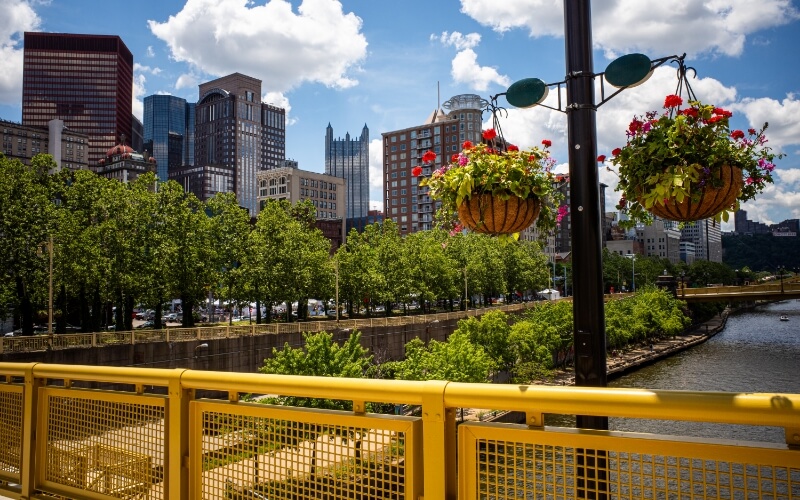Indoor Air Quality Solutions Should Be Tailored to Your Needs
June 18th, 2018Not everyone will have the same indoor air quality needs as their neighbor. Let us help determine yours!
Not everyone will have the same indoor air quality needs as their neighbor. Let us help determine yours!
Are germs and allergens all you can think of as spring approaches? Keep allergy season under control with our tips.
Indoor air quality is of particular concern in newer, better-insulated homes, or in older homes that have been recently weatherized. The “tightness” of modern houses means that any pollutants that get into the home stay there…
Millions of homeowners are living in polluted air and don’t even know it, and some of them are even in Gibsonia. In fact, the quality of air inside homes is a significant factor influencing the health and wellbeing of millions annually.
Do we serve your neighborhood?
